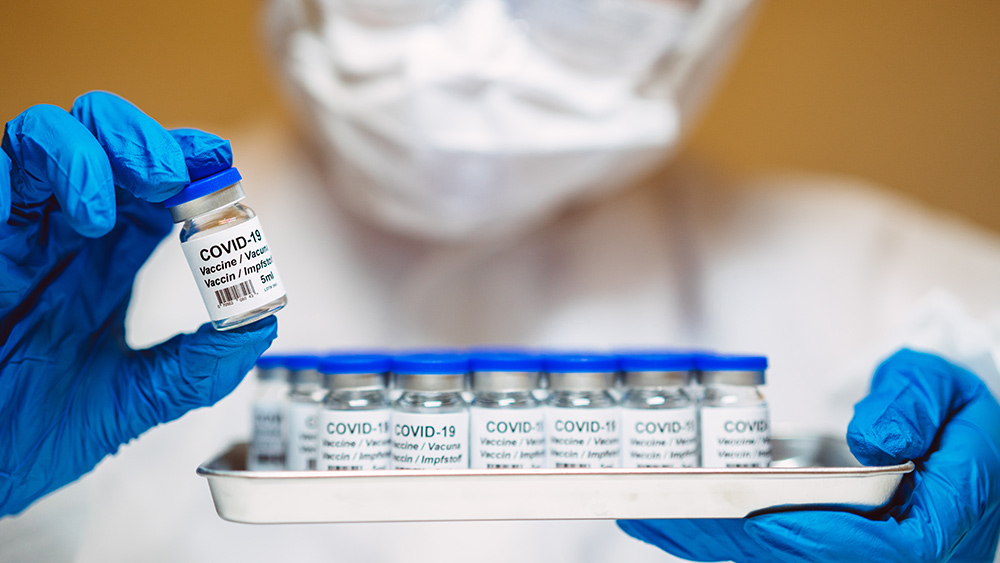Google proves society is more concerned about maintaining, rather than preventing, diabetes with “needle-free blood draw” smart watch
12/08/2015 / By Greg White

Google invested in a patent to design a smart watch that can monitor glucose levels with a “needle-free blood draw,” proving that society is more concerned about treating diabetes than preventing it.
Although genetics can increase the likelihood of an individual developing diabetes, the condition is deemed to be a mismatch disease, meaning, it is a product of culture, rather than biology. This being the case, diabetes is a disease that can be prevented with some simple lifestyle adjustments, like cutting back on sugar and losing weight.
Nevertheless, Big Pharma and the public at large would rather find a way to live with diabetes than stop it. Big Pharma doesn’t want to cure diabetes; otherwise, they couldn’t make a profit. And the public doesn’t want to keep diabetes at bay; otherwise, they would have to restrict their sweet tooth. Google’s “needle-free blood draw” isn’t an investment in health. It’s an investment in health risk management.[1]
Sticking it to the prick
Diabetics must prick their fingers to collect blood samples in order to monitor their glucose levels, which can be a painful nuisance for most people. The needle-free blood draw system circumnavigates this challenge by piercing the skin with a beam of tiny particles.[2]
Once the blood oozes from the skin, it’s drawn into a pressure barrel. This makes drawing blood easier and less messy than conventional glucose testers. The hope is that iPhone and Apple watch users will be able to send their blood test results directly to their doctors.[1]

“Such an application might be used to draw a small amount of blood, for example, for a glucose test,” explained Google.
The patent was published Friday and is still pending. “We hold patents on a variety of ideas — some of those ideas later mature into real products or services, some don’t. Prospective product announcements should not necessarily be inferred from our patents,” the multinational technology company told sources by e-mail.[2]
Google’s science team has been working alongside the recently created parent company, Alphabet, to develop a range of technologies that aid diabetics. In 2014, for instance, the lab debuted smart contact lenses, which are equipped with circuitry to monitor glucose levels.
Furthermore, the researchers are also in the process of making bandage-sized glucose monitors, which are disposable and can detect blood sugar levels. Other technologies intended to manage diabetes currently include a bionic pancreas, which could enable people with the disease from having to monitor glucose levels altogether, and holographic sensors that can assess pertinent data, reports the Verge.[3]
Google’s Life Science division formed a partnership with Dexcom to create the bandage-sized glucose monitors. Dexcom is paying Google upfront with a whopping $35 million in stock to develop the technology.[4]
In addition, $65 million will be further paid to Google in cash or stock as the company reaches various goals. Given the vast amount of money pumped into the project, it’s safe to say Dexcom is probably more concerned about making a return on its investment than promoting the public’s general well-being.
Disease management versus disease prevention
According to the World Health Organization (WHO), approximately 9 percent of adults over the age of 18 have diabetes. In addition, approximately 1.5 million deaths were caused by diabetes this year alone.[3]
Other companies are trying to find more creative ways to live with the disease, like Tasso, a company funded by the Defense Advanced Research Projects Agency (DARPA), which has created an “almost entirely painless” blood withdrawal system devoid of needles. Tasso’s designs mirror Google’s device by drawing blood with a vacuum.[3]
Cutting edge medical technologies aren’t really concerned about freeing people from the land of malady. Rather, they’re more concerned about making people comfortable with their mortal illnesses, while making a profit in the process.
The moral of the tale: People should invest in their health – not their disease.
Sources include:
[1] DailyMail.co.uk
[2] TheVerge.com
[3] Wired.co.uk
[4] TheVerge.com
Submit a correction >>
Tagged Under:
diabetes, glucoselevels, Google
This article may contain statements that reflect the opinion of the author





















